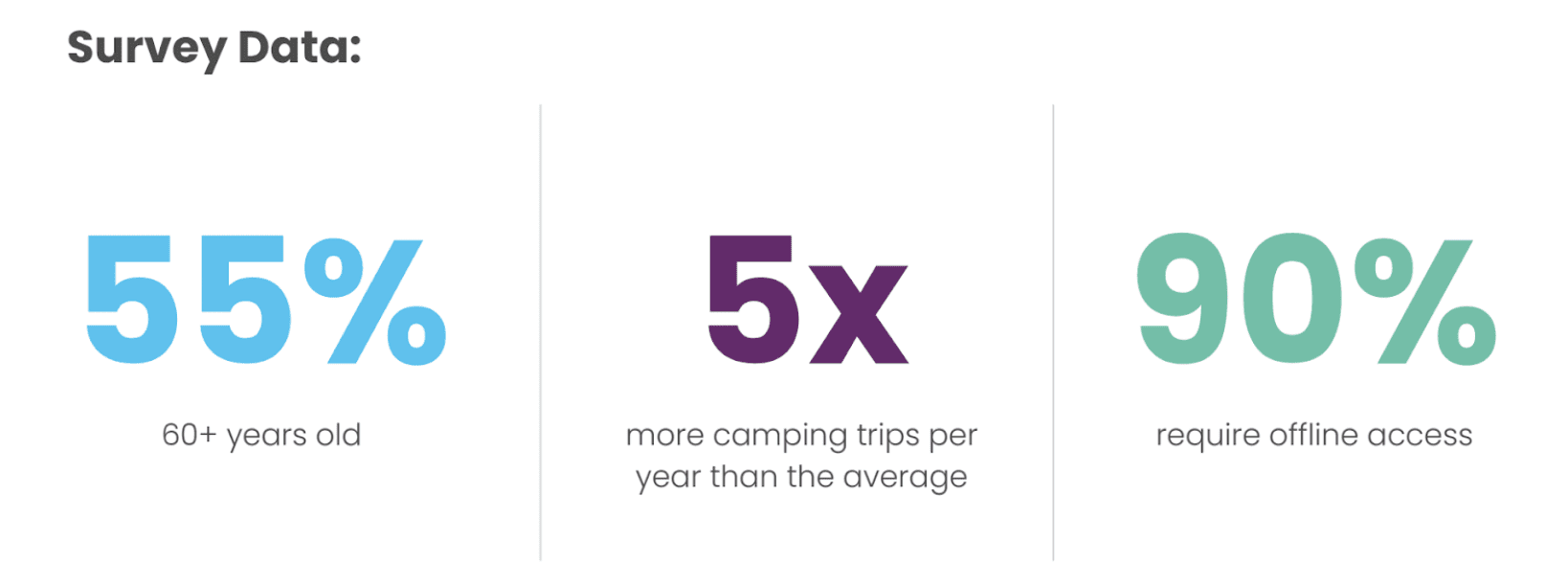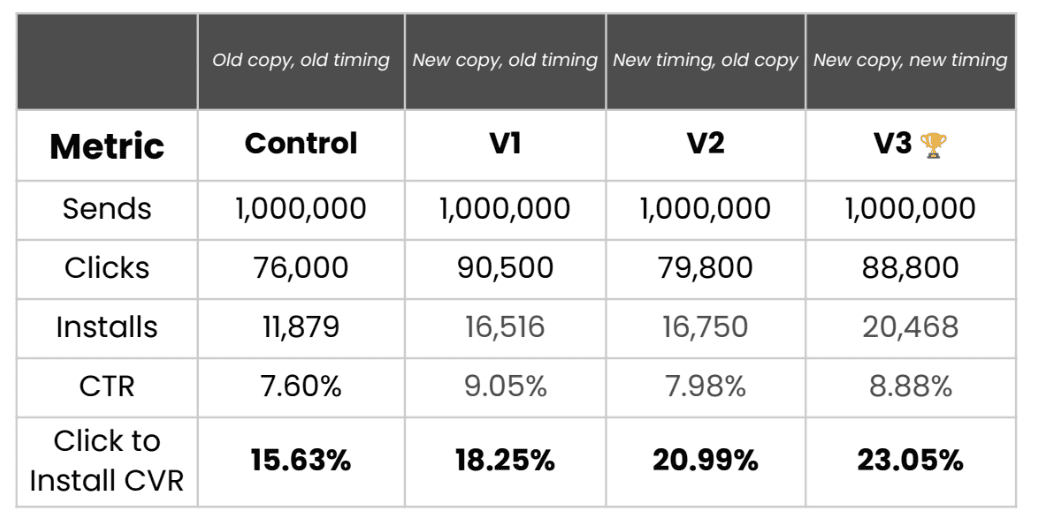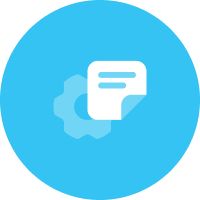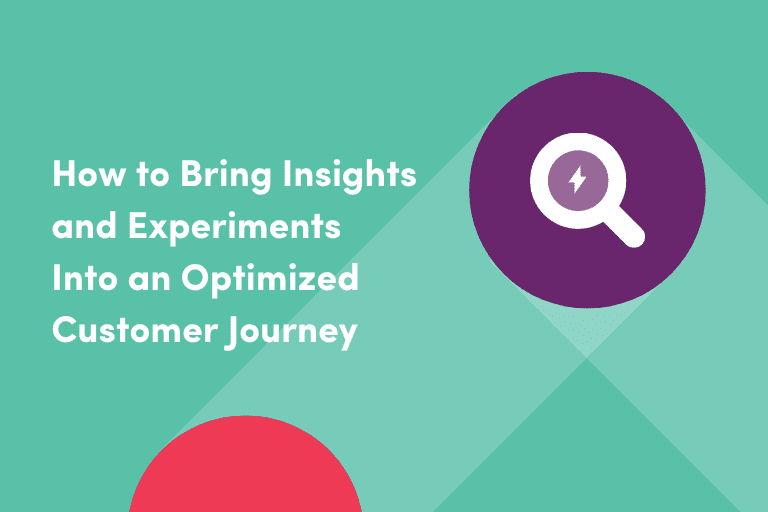The core goal of every marketer is to connect with customers like you actually know them. But how can you get to know them better?
That was what Julia Allen, Growth Marketing Lead, Lifecycle, at Hipcamp, set out to discover. At this year’s Activate Summit, Julia shared how the company collected user insights and turned them into effective experiments to optimize their customer journey.
In this post, we’ll reveal what the team learned and how Hipcamp was able to achieve a 142% increase in year-over-year growth in bookings attributed to lifecycle marketing campaigns.
Collecting User Insights
As the most comprehensive resource for beautiful private campsites, Hipcamp specializes in matching customers with the camping destinations of their dreams.
But as you can imagine, there’s a big difference in how RV enthusiasts versus glampers approach the outdoors. To develop more successful marketing campaigns across the customer lifecycle, the team needed to understand their users more intimately.
This led Hipcamp to conduct a survey, in which they discovered that 55% of their users were over 60 years old. Because much of this population is retired, these users took 5x more camping trips per year than the average—a lucrative segment for growing Hipcamp’s business.


Survey says: Hipcamp users of all ages love the great outdoors.
Most critically, in this survey, the team found that 90% of this segment requires offline access to important campsite information. Now Hipcamp could use this discovery to test new messaging that’s more relevant to this target audience.
Of course, surveys are only one way to collect user insights. Julia also recommended incorporating the following methods into your marketing strategy:
- 1-on-1 and group interviews
- Profile data
- User onboarding
- Product analytics
- Industry reports
- Search keywords
Running Multivariate Experiments
Now that Hipcamp knew 90% of users ages 60+ require offline access to the platform, the team decided to test offline-specific messaging in their campaigns.
In an email with the subject line, “Important information for your upcoming RV trip,” the lifecycle marketing team used the following messaging as a control: “Download the app before you hit the road this weekend.”
In this test, multiple variables were tested using Iterable Experiments. The first variable was offline-specific messaging. For users that had booked a trip with an RV or engaged with RV content, they received the alternative copy: “Download the app for offline access to directions, gate codes, and messages from your host.”


Hipcamp tests messaging related to offline access in an Iterable-powered multivariate experiment.
The second variable in this multivariate experiment was a time-delay test. For users who had booked a trip with an RV, some received the control email 30 minutes after booking, while others received the variable email one day before their scheduled trip.
This meant that the experiment had a control with three total variants:
- Control: old neutral copy, old 30-minute timing
- V1: new offline copy, old 30-minute timing
- V2: old neutral copy, new 1-day-prior timing
- V3: new offline copy, new 1-day-prior timing
When testing the impact on Hipcamp’s click-to-install conversion rate (CVR), V3 was the clear winner with a 23.05% CVR—a 47% improvement from the control.


Hipcamp’s multivariate experiment showed a significant increase in app installs over the control email.
And once the winner was selected and optimized in Hipcamp’s customer journey, it led to a whopping 72% lift in app downloads from RV users.
As Julia explained, now these insights can be applied in a variety of other experiments:
- Testing creative for paid acquisition campaigns
- Honing value propositions for other segments
- Surveying users who didn’t install the app on why they decided not to
- Getting past purchasers to download the app
- Understanding the lifetime value of RV app-holders
Insights naturally lead to more insights, so the more you find out about your customers, the more you’ll keep learning about them.
Taking It Up a Notch
The Hipcamp wasn’t about to rest on their laurels after running one experiment. Soon they were applying user insights to several successful campaigns:
- Dog people are the best people. Hipcamp noticed many customers enjoy bringing their dogs along on their camping trips, specifically searching for pet-friendly destinations. So in their re-engagement campaign, they tested a push notification with the subject line, “Bring your BFF camping [dog emoji]” against a control with the neutral subject line, “Book your next camping trip [tent emoji].” The dog-specific messaging resulted in an 85% higher click-through rate and a 6x higher conversion rate in bookings.
- Take another look. Marketers hypothesized that images in abandoned checkout reminders would perform better than simple illustrations, so they ran another multivariate experiment that tested both the content and timing of these messages. Their theory proved true: the image-based variant that was sent an hour after abandonment achieved a 12% higher click-through rate and a 36% higher booking conversion rate.
Overall, once these insights and experiments optimized Hipcamp’s customer journey, the team saw an amazing 142% increase in year-over-year growth in bookings attributed to lifecycle campaigns. With this data-driven marketing strategy, they’re just getting started.
Missed out on Activate Summit? Catch the sessions on demand.






























